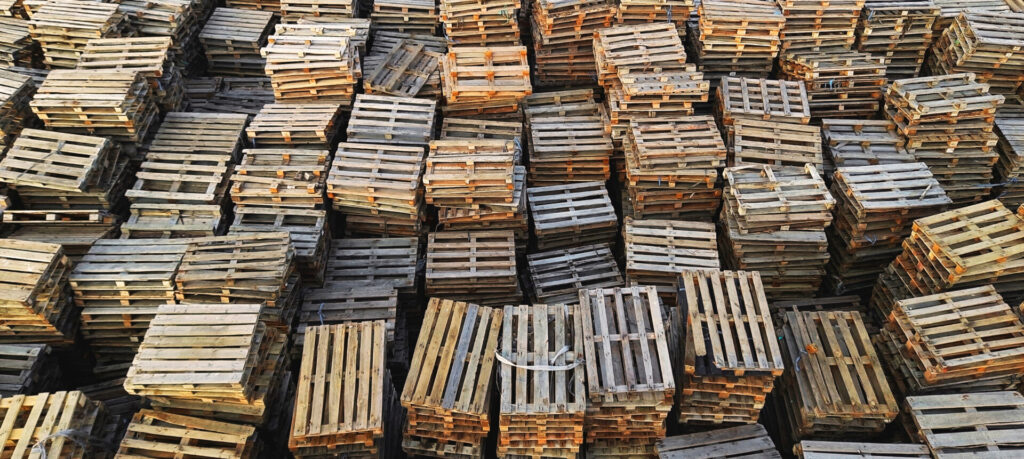Beyond the surface: Identifying the hidden costs of wooden pallets
Everyone understands the importance of optimising their supply chain for efficiency and cost-effectiveness.
While wooden pallets may seem like a cost-effective option at first glance, there are several hidden costs that can significantly impact profitability.
In this blog post, we highlight some of the hidden costs associated with using wooden pallets and introduce the benefits of implementing reusable plastic pallets.
Hygiene Requirements–Meeting BRC Standards
There are multiple hygiene concerns associated with the use of wooden pallets when looking to meet strict BRC standards.
Wooden pallets are naturally porous and can harbour bacteria, fungi, mould, and other contaminants. They are harder to clean thoroughly, posing a risk in food-related industries where hygiene requirements are high.
Even if a brand-new wooden pallet is delivered, it is not clear how long the wood it was made from was in storage and under what conditions.

Clarification from BRCGS on the use of wood within food production areas
No wooden pallets in open product areas. This avoids the potential hazards of wooden splinter contamination and the introduction of potential microbial contamination into a production area.
The use of wood is not permitted in open product areas except where it is an essential requirement of the process. Therefore, items such as wooden pallets will not be present in open product areas unless there is an essential and justifiable need.
Source: Food Safety | BRCGS
Maintenance and Repair Costs
Wooden pallets are prone to damage, such as splintering and breaking. The cost of repairing or replacing these damaged pallets can accumulate over time.
Inefficiency Costs
Wooden pallets are manufactured according to a specific standard, but over time and with each use, the dimensions, weight, and texture can change. If a forklift driver collides with them, changes to the pallet may occur, which could result in inefficiencies in storage, labour, and transport due to the loss of uniformity.
Increased Product Damage
The risk of product damage is higher with wooden pallets due to their propensity to splinter or break. Damaged or contaminated goods can lead to financial loss, customer dissatisfaction, and ultimately, a risk to consumer health and a brand’s reputation.
When entering a food production environment, products must be transferred to plastic pallets, for example using inversion techniques. With every product transfer, not only is there an associated labour cost but also the costs associated with produce damage and loss.
Health and Safety Costs
Over time and with each use, wooden pallets can no longer be trusted to rack with a heavy load as their strength can diminish. In addition, injuries caused by handling wooden pallets, such as splinters or nails, can result in medical costs and lost productivity.
Price of Wooden Pallets
The cost of wooden pallets fluctuates, making it difficult to predict the pallet’s final price upon delivery. Factors such as the ongoing Ukraine war can have a significant impact on market prices. Consequently, customers may find themselves unable to secure pallets at a consistent price over a 12-month period.
These hidden costs can have a significant impact on the bottom line and operational efficiency.
However, they only relate to the operational use of the pallets and there are many more hidden costs which appear over time and which relate to:
- the selection of the right pallets
- pallet delivery
- administration
- end-of-life disposal.
When considering these hidden costs, many businesses are looking to alternatives such as plastic pallets, which can offer cost savings over time due to their durability, hygiene, and ease of handling.
By switching to plastic pallets, forward looking businesses are optimising their supply chain operations while reducing overall expenses.
Interested in doing the same? Get in touch with one of our supply chain experts today.


